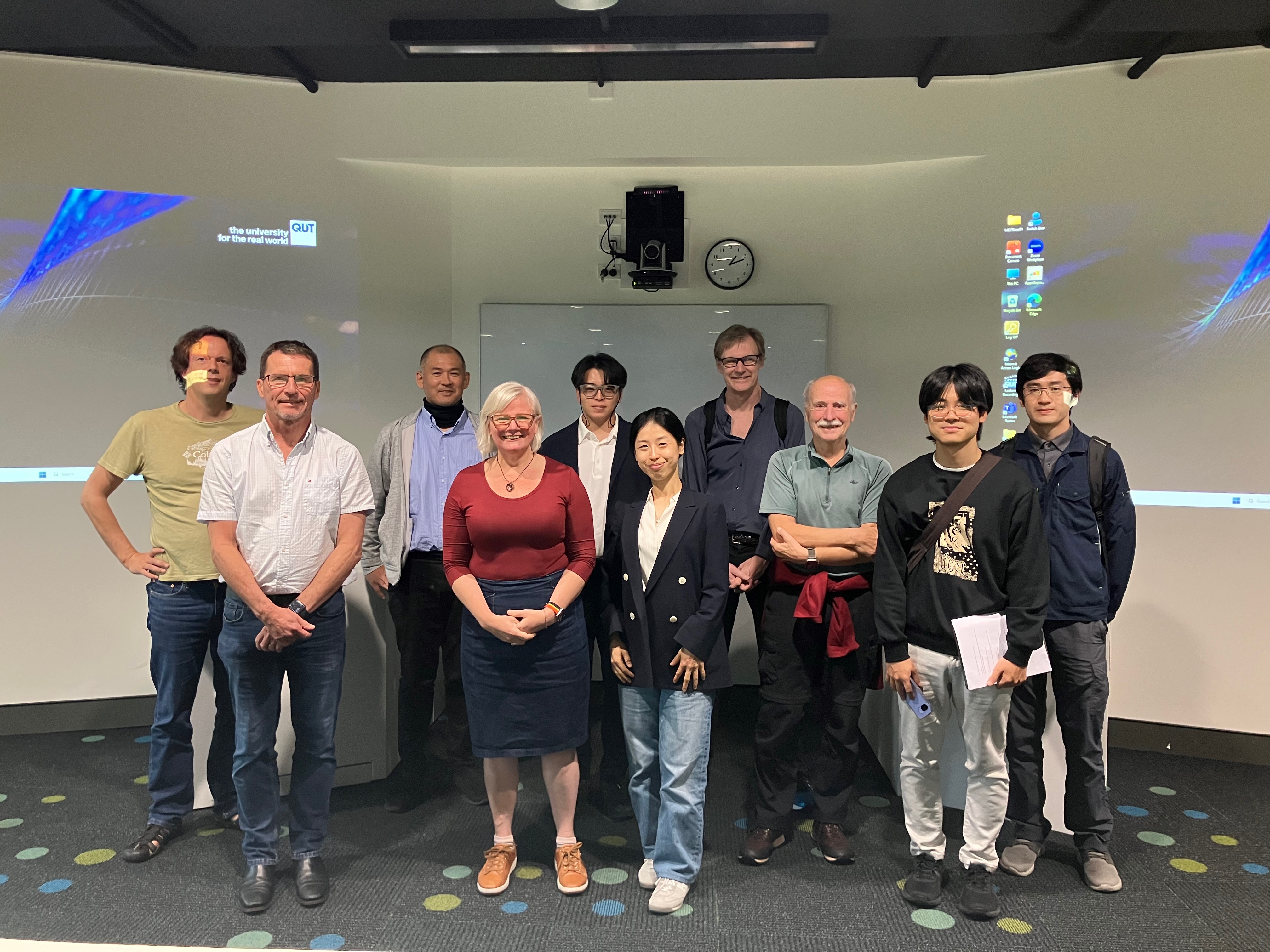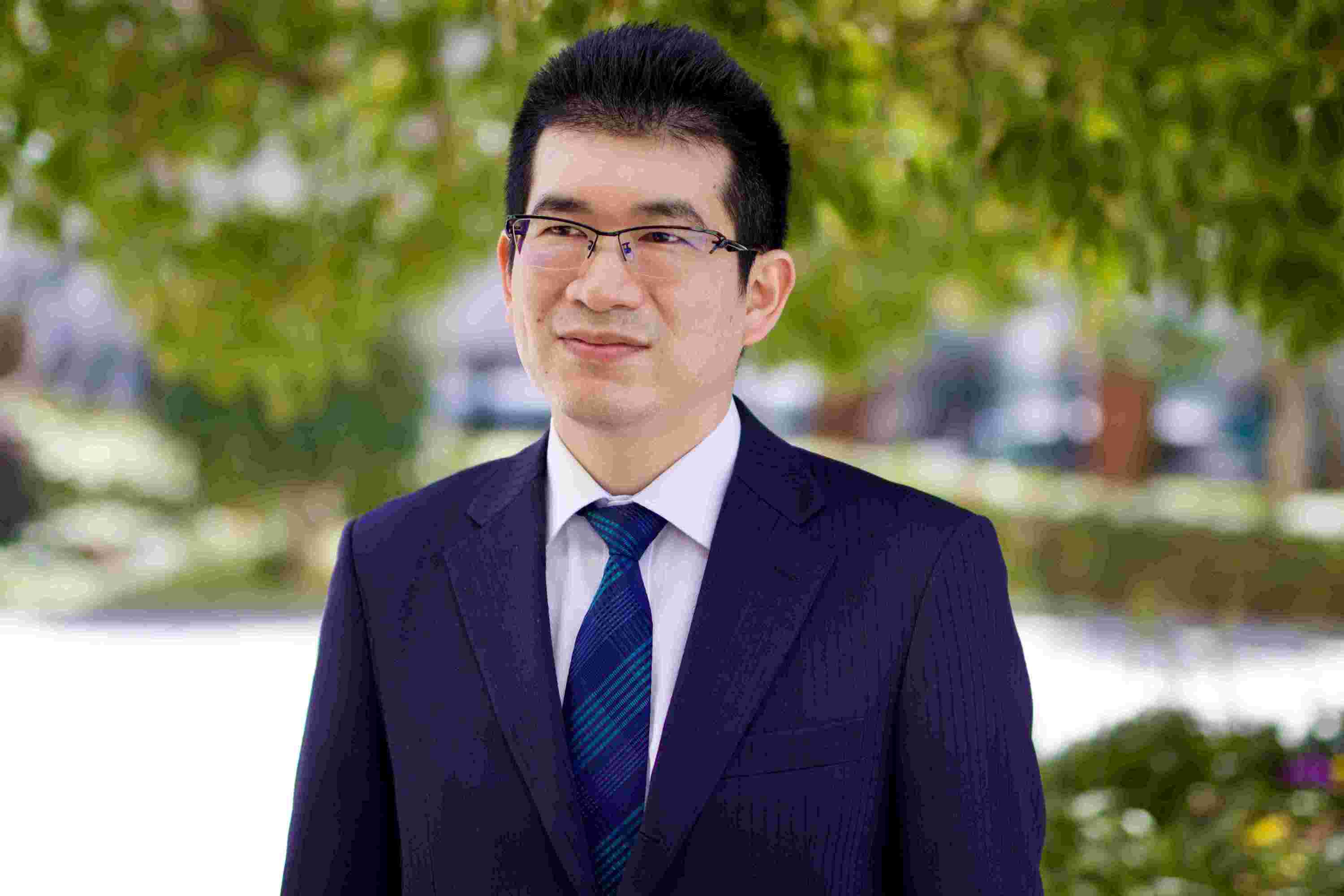Newsletter / Research Activity Report / Takeshi Hashimoto / Ryo Sakurai
RARA Newsletter vol. 5 Visiting Denmark, the “Happiest Country” and Reflecting on Well-being: A Conversation between RARA Associate Fellows Professor Takeshi Hashimoto and Associate Professor Ryo Sakurai
2024 / 06 / 04

2024 / 06 / 04
This issue presents a conversation between Takeshi Hashimoto, Professor of the College of Sport and Health Science, and Ryo Sakurai, Associate Professor of the College of Policy Science. As RARA Associate Fellows, both are involved in promoting research activities and disseminating research results.
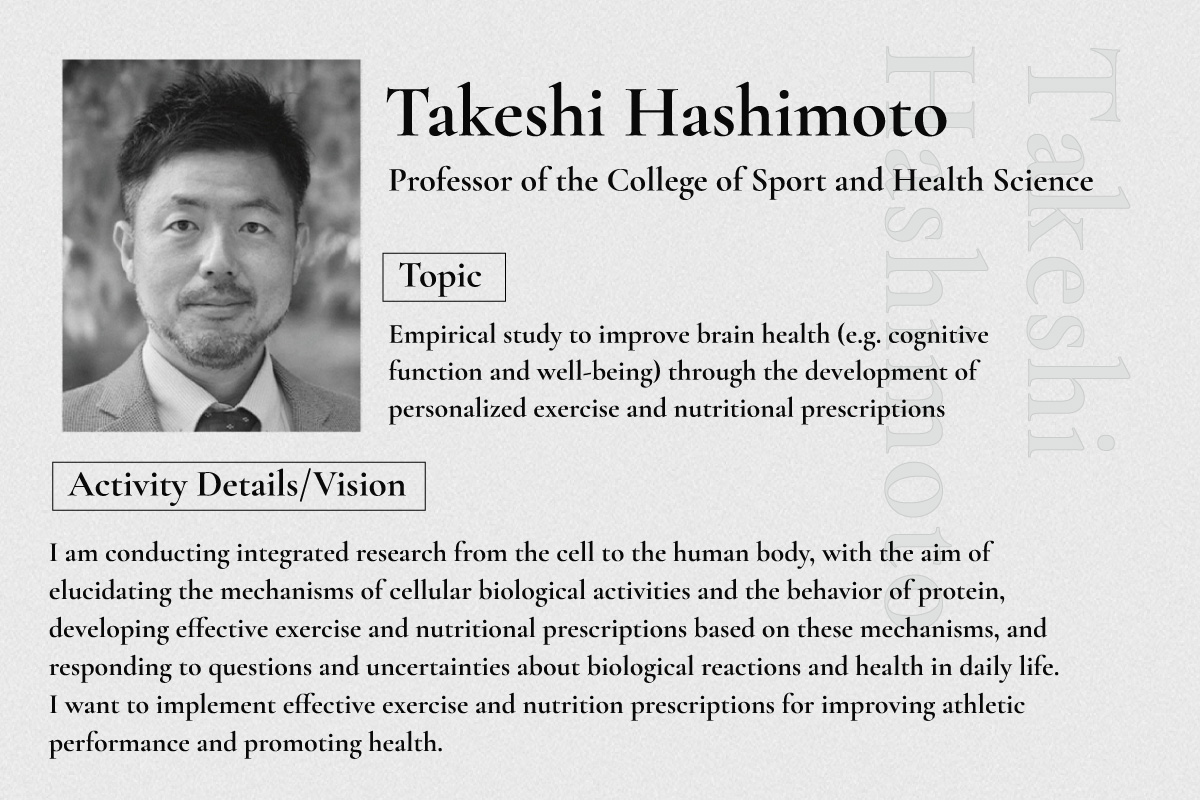
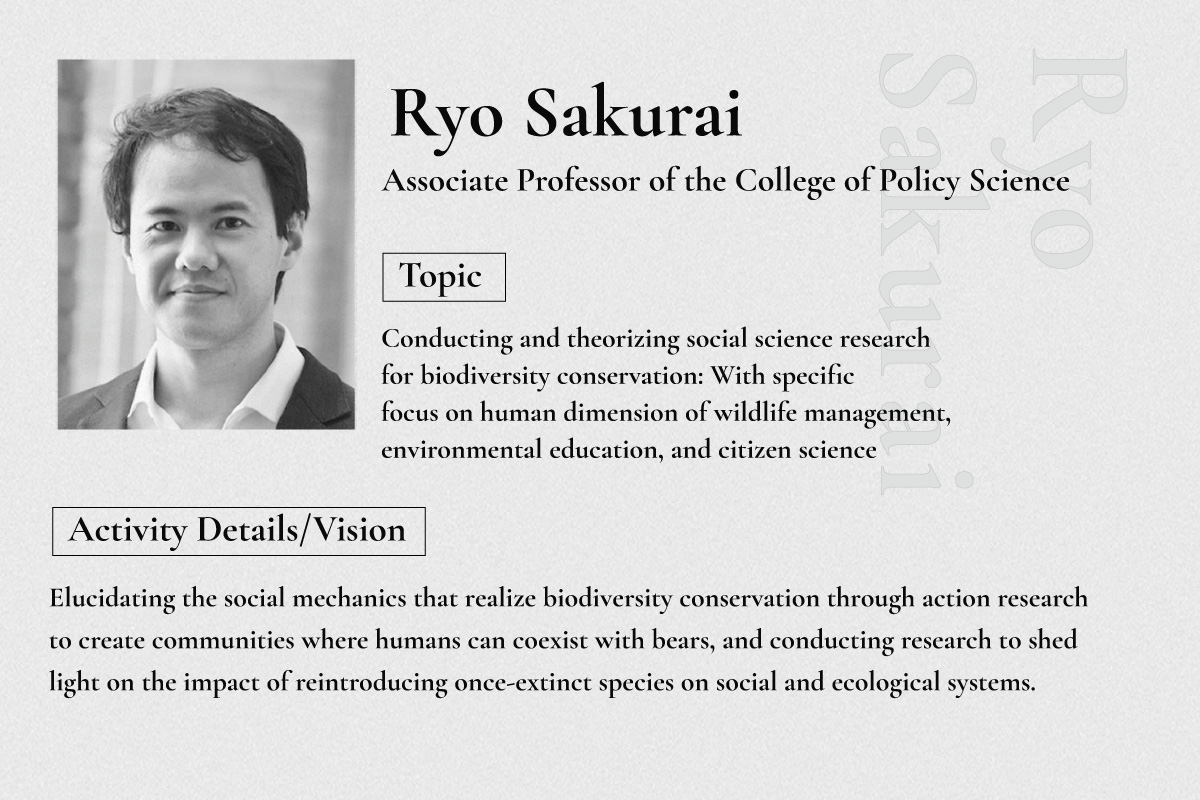
Prof. Hashimoto and Assoc. Prof. Sakurai visited Denmark in September, 2023.
Ritsumeikan University’s R2030 Challenge Design presents the objectives it wishes to implement by 2030. One of its pillars is the development of research and education that integrates health, longevity, and QoL (new developments in health and wellness).
Denmark is recognized as a top country in the United Nations World Happiness Report, ranking second in 2024. Denmark is a comprehensive welfare state and also stands out in terms of competitiveness, ranking first in the IMD Competitiveness Ranking in 2023.
During their visit to Denmark, these researchers conducted interviews and conversations to examine how individuals and organizations in Denmark—“the happiest country”—perceives and practices well-being, seeking ways in which academia can contribute to creating a prosperous society and resolve social issues.
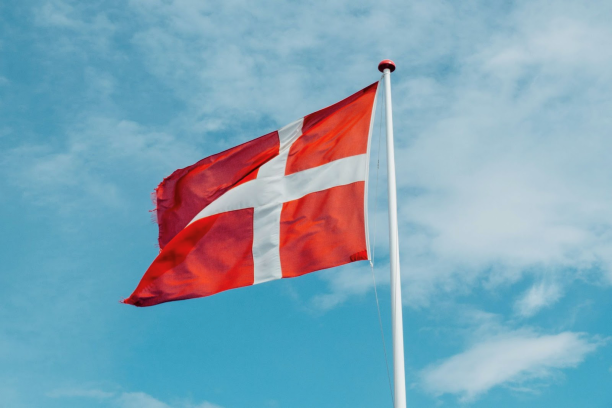
In this conversation, the two look back on their visit to Denmark based on their research topics and discuss happiness and well-being.
(The following is a summary of the conversation by the writer)
Why is Exercise Good for Your Body? Exploring Effective Kind of Exercise and Nutrition
Hashimoto: Let me introduce my research topic. Everyone says exercise is good for your body, but why is it good? Exercise releases various biologically active substances, and my field of study concentrates on the effects they have on skeletal muscles, the brain, the liver, and other organs, and how this leads to a healthy state.
Based on these effects, I want to determine what kinds of exercise and nutrition contribute to improved athletic performance and health, develop effective prescriptions for exercise and nutrition, and implement them in society.
For example, we know that exercise leads to the accumulation of a substance called lactic acid. People think that it leads to fatigue and muscle pain, but it is actually an important source of energy for exercise and thinking. My research results reveal that exercising while making use of lactic acid has significantly positive effects. This is one of my representative studies.
The brain is also one of the focuses of my research, and I participated in this trip to Denmark because the brain is deeply linked with well-being and happiness.
How Can Humans Coexist with Wildlife?
Sakurai: My research focuses on how nature and humans, especially wildlife and humans, can coexist.
For example, we had a lot of sightings of bears across Japan last year, which became a major issue. How can we coexist with bears? Simply killing bears will not lead to a sustainable society, and we humans need to change our behaviors and consciousness and help build a sustainable society in which we can coexist with bears.
Based on a social science approach, what kind of communities or societies allow humans to coexist with bears and other wildlife? We need researchers, the government, and residents, among others, to work together toward this. Alternatively, we could achieve coexistence through environmental education, the dissemination of knowledge and awareness, and acquiring the knowledge and skills necessary to prevent damage.
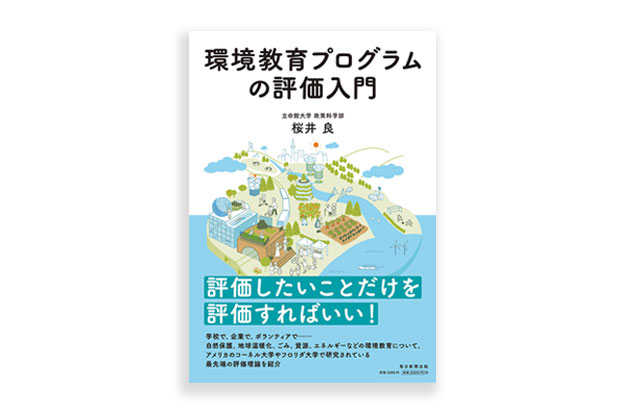
The new book was released in March 2024. It is an introductory book that covers the evaluation methods and theories of environmental education programs based on previous research findings.
Why Are There No Casualties Caused By Bears in Shiretoko Peninsula, Hokkaido?
Shiretoko Peninsula in Hokkaido is said to have one of the densest populations of brown bears in the world. Over one million tourists visit the area each year, but there is no record of injuries to residents or tourists caused by bears.
This is quite noteworthy. When exploring the creation of a society where bears and humans can coexist, I researched environmental education and school education in Shiretoko to find clues about coexistence.
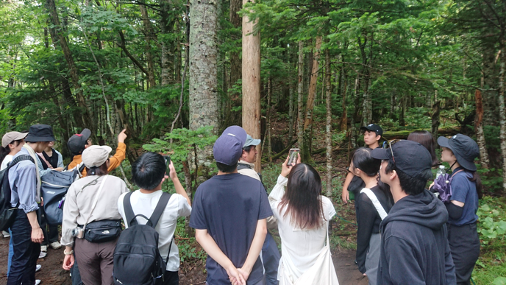
Students’ practical training in Shiretoko. Thinking about ways of coexistence while walking in forests where brown bears live.
Hashimoto: That is so interesting. Did the research in Shiretoko yield any results?
Sakurai: One characteristic is that the school education in Utoro, a place that borders the World Natural Heritage site on the Shiretoko Peninsula, includes classes on the ecology of brown bears and how to handle an encounter with one as part of their curriculum.
Children take this seriously, learn more about bears, and pass it on to their parents, thereby facilitating the necessary spread of knowledge from the school. Although there are bears all over Japan, and many researchers have advocated for including education on bears in the curriculum, there are few examples where such classes are held for all school students. I believe that environmental education is effective in creating a community that coexists with bears.
I have a question for you Professor Hashimoto: I love exercise such as futsal and think it is indispensable, but I feel like if I remain inactive for a while, it impacts my mental health. Is the relationship between a regular sports habit and well-being becoming clearer?
What is the Relationship between Physical Activity and Well-being?
Hashimoto: There is indeed a correlation between physical activity and indicators of well-being. Various bioactive molecules are released when we engage in physical activity that affects the brain function and leads to various beneficial effects on our body/mind, while an activity like futsal involves not just physical activity but also things like communicating with others and having fun, all of which are related to well-being.
The first step is to clarify the physical factors. As the other factors are a little outside our expertise, we will proceed with this research by consulting experts for their opinions using our network.
Sakurai: I see. Of course, it is not just for physical reasons that I prefer team sports over running alone. Another thing is that when I cannot play futsal, I often have dreams of playing it on those nights. Is there any relation between what our bodies want and what we dream?
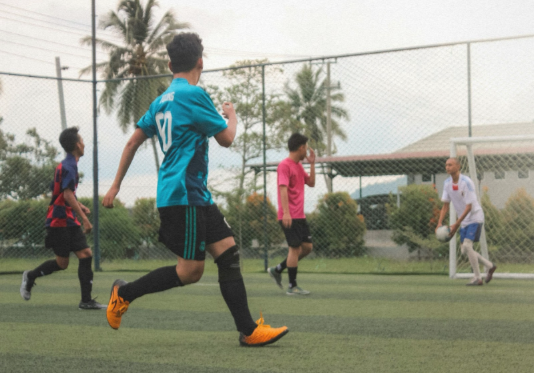
Hashimoto: That is so interesting. I am going to start research on sleep, and I want to examine how the brain organizes itself when we are sleeping.
Mental Well-being and the Ability to Switch On and Off in Denmark
Sakurai: When I interacted with locals in Denmark, and this is my subjective impression, it seemed like they have better mental well-being compared to Japanese people.
This was from my visit to KAOSPILOT, the globally recognized Danish school for education in leadership and entrepreneurship. The school trains people from all over the world in skills and mindsets to solve social problems and start businesses.
This is a minor thing, but when we were about to leave at around 4 pm after meeting with a teacher at KAOSPILOT, the teacher said, “I want to treat everyone to a beer,” and he bought us all beer from somewhere nearby and took us to the school’s rooftop.
However, he then said, “My wife is coming to pick me up, so I have to leave” and went home instead of drinking with us. In Japan, firstly, I do not think you would drink beer at 4 pm, but even if you did, people here would say, “Let’s drink together,” as part of socializing, and you would not be able to leave promptly.
I think one of the issues is the separation of work and life, and creating “mental well-being.”
Hashimoto: The beer was very good (Laughs). The view from the roof was also fantastic.
I have been to Denmark several times, and I have often thought that people have their “after-five,” that is, they finish their work or school around 4 pm and then make use of the significant amount of time that they have after that. For example, they will spend three or four hours in the park with their children or various other activities, and spend time outside of work. It really feels like they are all “living their own lives.”

Could We Implement a Work Culture Like That in Japan?
Sakurai: I witnessed the clear on/off switch that the Danish people have, and I thought it was fantastic. At the same time, I wondered if we could actually implement a work style like that in Japan. On occasion, when I left work after being in my research lab for several hours or working until late at night, I wondered if we could implement the Danish way of working in Japan.
Hashimoto: I personally love taking walks in the sunshine and enjoy the fresh air, and I think it is important. But I think if you want to implement the Danish model of well-being in Japan, we will need to change the whole system a little by little, and it would not work out right away. As technologies and AI change how work is done and productivity increases, I hope the mindset of making use of your free time will emerge in Japan. Still, even with increased productivity, I have to wonder if people will find it possible to relax and spend their time with leisure.
Sakurai: With the development of technology, online meetings can be held at any time and from anywhere, so we can now work endlessly. I know from experience that if I keep checking my email on weekends and continue to work at night, I will crash at some point, so I want to remain conscious of the on/off switch as far as possible.
Hashimoto: Before, I would cancel university classes when there was an academic conference or something like that, but now classes can be conducted online, so they do not need to be canceled. I want to be immersed in research at academic conferences, but I feel like these things are getting more hurried and constrained.
Even in the US, there is a tendency to carve out specified on/off times from work, and it would be nice if we could comfortably implement a switch like that in Japan, too.
At the symposium commemorating the establishment of the RARA, guest Professor Kazuto Hongo of the University of Tokyo’s Historiographical Institute noted that “Japanese people are naturally relaxed and mild.” Professor Hongo said that we were relaxed during the era when we did not have contact with other countries, but after the Meiji Restoration, foreign countries began to exert influences and external pressures, both positive and negative, and the Japanese people could no longer remain relaxed.
Now, the system is changing entirely, and we can bring about such a change if we all become conscious of practicing well-being rather than feeling “external pressure” and becoming even more constrained.
Sakurai: For that, all of us need to take action ourselves. We might become cut off from those around us who say, “Let’s have a meeting on the weekend,” but I think it is important to state our intention and take action and say outright, “I don’t work on weekends anymore.” Otherwise, we will never be able to have a life with an on/off switch like those in Denmark and the US.
Further, since one of my research topics is nature, the restorative effects of forest therapy have been discovered recently, I think it is important to find time to spend in high-quality contact with nature, even if only for a little while.
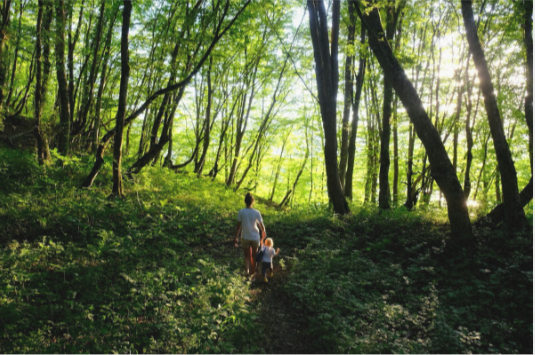
Definition of Well-being
Hashimoto: When asked about “components of happiness” in Japan, the response “health” is at the top for all generations, so research is underway to improve physical functions to improve health and sports performance, but the question of well-being is interesting.
At the BKC 30th Anniversary Commemorative Symposium, Dr. Hanako Suzuki, Associate Dean and Associate Professor at the College of Comprehensive Psychology, gave a definition of well-being that stayed with me. She defined well-being as “the state of being able to do what you want.”
I found it very interesting that, using this definition, she had conducted research on various scales for people who found it difficult to live or those with disabilities. I think the state of discovering what you want to do, the environment where you can do it, and the state in which you put yourself are indeed essential components of well-being.
Exercise is related to well-being, but it is difficult to separate the physical factors from the others; this complexity makes it interesting, which is why I want to continue my research. I realized this again through conversations with various people in Denmark.
Are the Two of Us Doing What We Want to Do?
Sakurai: In Denmark, I learned the importance of “the state of being able to do what I want to do.”
To give a familiar example, I am carrying out collaborative research, for which I have daily meetings with graduate students and researchers around me, and we tend to limit our discussions to the content of our research in those meetings.
However, I am trying to establish an arrangement where we first discuss our motivations, what kind of mental state we are in, whether we have any particular concerns or anxieties about conducting research, whether it matches what we want to do, how our current research ties to our future career, and so on, as a means of establishing wellbeing. Only then do we proceed to talk about the content of our research.
After going to Denmark, I felt the need to discuss mental motivation and well-being before getting down to research. I think it is really important to have “an environment where you can do what you want,” as you said. I think if we do not have that, our research output and papers will suffer as a result, so I try to discuss it with them and put it into practice.
Hashimoto: And what about you, are you able to do what you want?
Sakurai: I sincerely feel like I can do what I want. I am in an environment and workplace where I can freely engage in research activities and educate and train young researchers.
Hashimoto: Me, too. Although it is difficult because there are so many things I want to do. When I was in high school, I was originally interested in medicine, and I was also interested in how things affect people’s minds, and I arrived at my current topic by connecting various interests.
I enjoy that I get to interact with various students and connect them to research that will help them materialize their interests, which is one way to implement it in society. That said, if I have too many interests, the question of time and the impossibility of implementing all of my interests in the current environment arises.
Sakurai: Some people have the problem of not having enough to do, but your problem is that there is too much you want to do. I am envious. It is great.
You mentioned that you were originally interested in medicine, but for me, my most formative experiences were from elementary school, when I always went on hikes and experienced nature with my family.
In junior high school, I read a newspaper article by a professor who wrote, “To solve the problem of the overpopulation of deer, we need to reintroduce the extinct wolves to the forests of Japan,” which is what made me want to become a professor. After all, your first aspiration remains a strong motivation, and I feel that you eventually return to the beginning.

Those who are worried that they do not have anything they want to do might find their answer in their own formative experiences if they examine, “What am I really interested in, and what do I like?”
Hashimoto: I feel the same way. People also often talk about having a “can-do” attitude and being autonomous, but I think it is important to try something out that interests you, even if you start small, without being afraid of failure. I love the phrase “Failure is the mother of success.” You never know unless you try. I want to build a foundation for my students as well as my son, who is the person closest to me, where they can challenge themselves.
RARA Researchers share the philosophy: “For People, For Happiness”
Sakurai: Whenever I speak with researchers who have achieved great things, it inspires me how, more than their achievements, they have a vision of “for people and for a happy society.”
I am researching the coexistence between wildlife and humans, and I want to create a society where all people, from children to adults—including researchers, administrators, and residents—can exist happily beside wildlife, including bears. This is the goal of my research.
This is why I think it is important to trust others, have faith in them, and accept them. This is difficult to put into practice.
Speaking to people in Denmark, I learned about how they were implementing bottom-up city planning with the participation of citizens. The underlying principle is “believing in the power of the people.” Many people say that everyone makes the decision and everyone respects it, and I think that is quite difficult, but trusting others is a strength of the Danish people.
For my research, I wish to collaborate and cooperate with various people and stakeholders to contribute to the development of a society and human resources tolerant and accepting of not just people, but animals and things as well. After that, I believe, we will develop the ability to accept even extinct animals like wolves and otters.
Hashimoto: I agree. I am involved in collaborative research in Denmark, and I was impressed by how much the professor, an influential figure in his eighties, respects his students.
In our field, we rarely make students the corresponding author on a paper, but I saw him having discussions with graduate students, who he made first authors and respected as equals. I want to conduct beneficial research with other researchers and students with mutual respect and carry out discussions on an equal footing.
When we were all gathered at RARA the other day, we discussed the topic of well-being. I thought RARA is truly an interesting environment with various researchers advancing their cutting-edge research with their individual values.
It would be more challenging if I have more things I want to do, but we are dealing with everyday subjects such as exercise, diet, and nutrition, so I want to take fresh approaches through dialogue/discussion with various researchers. I want to expand and develop research by gradually incorporating elements that go beyond the boundaries of the humanities and sciences, such as psychology and the social sciences.
Sakurai: As you mentioned, RARA has researchers conducting diverse research contributing to human happiness, and it is my pleasure to be a part of this. I was inspired when I heard a speech by one of the professors at the RARA meeting a few days ago.
My own wish is to be a researcher who can inspire and contribute to the happiness of others.
Hashimoto: On the topic of happiness, when we visited the Det Frie Gymnasium in Denmark, which boasts one of the top ten standards in the country, I spoke with first-year high school students about well-being and the importance of being exposed to different values across different generations and positions. The students described “happiness” as the comfort of the small world with friends, family, and other people surrounding them.
Certainly, I think that the worldview of “knowing what is enough” is important, but at the same time, we live in an information society where we have a lot of stimulation. I think it is important not just to be satisfied with a small world, but also to find enjoyment in the wider world and turn this stimulation into strength.
I want to organize these points through dialogue with social science professors through RARA.
If you are interested in RARA or our research, we would be delighted to hear from you.
